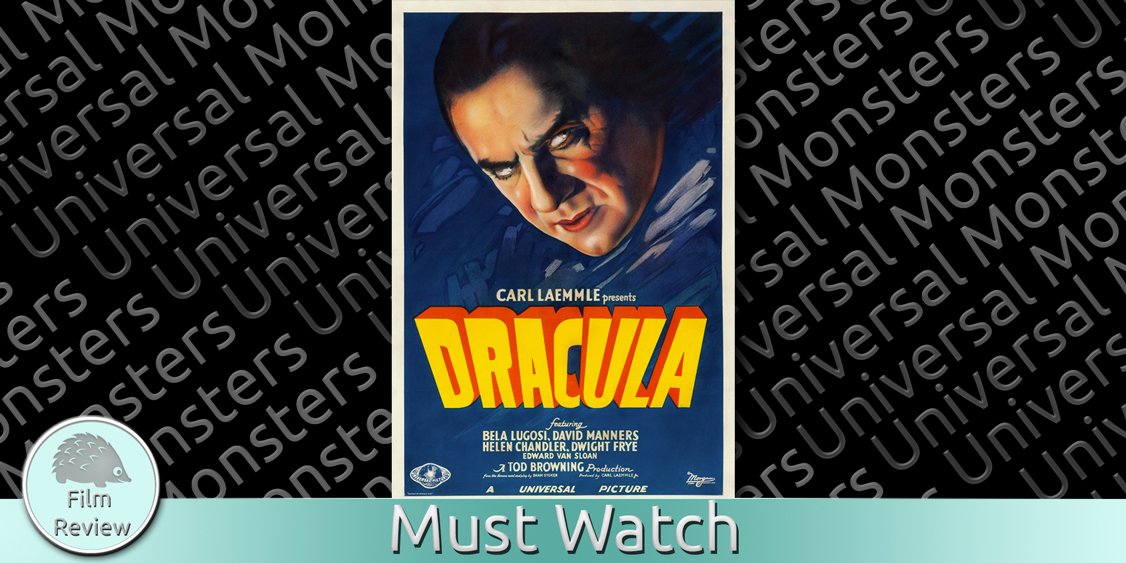Whether you’re watching Dracula for the first time or revisiting this classic film…
“I Bid You Welcome”
In 1931 America, Thomas Edison submitted his last patent application, and the Star-Spangled Banner was officially adopted as the national anthem. The Empire State Building was completed, while the Great Depression continued to loom, with at least two more years to go. During this transformative era, movie studios were transitioning from silent films to ‘Talkies.’ For audiences accustomed to silent movies accompanied by live organists and orchestras, stepping into a theatre to witness the dawn of talkies must have been a thrilling experience.
The Birth of the Universal Monsters
Carl Laemmle Jr., the newly appointed head of Universal Pictures, recognized the need for significant investment in production to leverage innovative technology and offer audiences something entirely new—supernatural horror. Despite uncertainty about audience reception and potential censorship hurdles, he pursued his vision with determination. Together with Tod Browning, a director with a wealth of experience in silent cinema, they embarked on adapting Dracula—the first horror film with sound. The film became both a critical and financial triumph, paving the way for Universal Horror and introducing the world to the iconic Universal Monsters.
The Tale of Dracula
For those unfamiliar, Dracula was published by Bram Stoker in 1897. It tells the story of a 500-year-old nobleman from Carpathia, a malevolent supernatural entity whose survival hinges on the blood of the living. Residing in his decaying castle in Transylvania, Dracula devises a plan to migrate to London to prey on its inhabitants. With the assistance of estate agent Jonathan Harker, he sets sail to England. Upon arriving in Whitby, Dracula begins his hunt, aided by his human minion, Renfield, who is ensnared in Dracula’s influence. However, things spiral out of control: Renfield’s madness deepens, Dracula targets the wrong victim, and he attracts the attention of vampire hunter Van Helsing. The narrative also explores themes of class, as Dracula navigates elite social circles, wielding his powers to dominate both women and lower-class individuals, such as servants.
An Innovative Narrative Style
Bram Stoker’s Dracula unfolds through a series of accumulated documents. Instead of a traditional narrative, the reader engages with diary entries and newspaper clippings that progress the story.
This distinctive style did not hinder the book’s success; by the mid-1920s, the tale was widely recognized worldwide, likely bolstered by the grotesque German silent film Nosferatu: A Symphony of Horror. This unofficial adaptation faced backlash from the Stoker estate, leading to the destruction of most copies. Laemmle Jr. had seen Nosferatu and, as a savvy businessman, must have known about the Broadway adaptation of Dracula, which grossed an impressive two million dollars.




